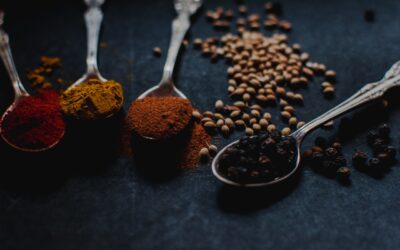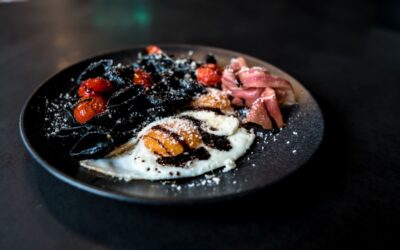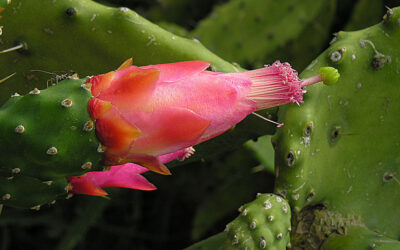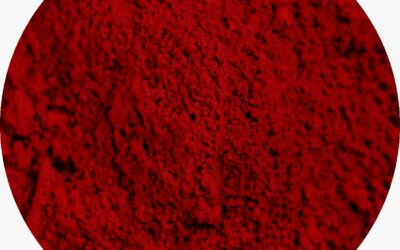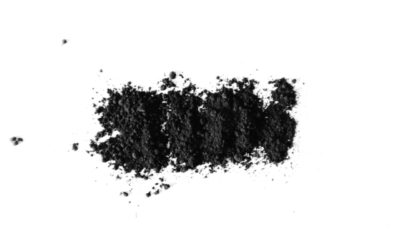NATURAL COLOR LISTS USING FOR ICE CREAM
There are various natural food color which Santa color offers and they can be use to make ice cream looks and taste amazing. Firstly check Natural color lists using for ice cream underneath this...
read moreCONSIDERATIONS OF NATURAL COLORS IN ICE CREAM
These are top 6 considerations using natural colors in ice cream. For colouring ice cream, frozen yoghurt, and frozen desserts, Santa color offers a variety of natural colours. It can be confusing to choose the best natural color for your dairy application because...
read moreWHAT IS E153 USED FOR?
Traditional uses for vegetable carbon as a natural black color include the food and cosmetics sectors. Currently, carbon black is utilize as an addition with the number E153 in a variety of products. E153 is used for the color production of: Candy and gummy...
read moreGET TO KNOW ABOUT E153
E153 commonly known as vegetable carbon. The European Union has given the food additive E153 the approval. In foods and beverages, it serves as a natural coloring additive. Vegetable carbon has the power to bind anything that travels through the digestive tract,...
read moreHOW TO MAKE CARMINE PIGMENT FROM COCHINEAL
Process if making carmine pigment from cochineal includes, boiling the insects in water, followed by filtering, precipitation, washing, and drying the finished product are the steps involve in extracting carmine powder from the cochineal. PREPARATION OF CARMINE...
read moreHOW TO USE COCHINEAL TO MAKE LIPSTICK?
How to use Cochineal to make lipstick? Here how you do, cochineal also called carmine, is a red insect dye that has been utilize for ages to color clothing, medicines, and cosmetics. Cochineal is use to color lipstick, blush, and eye shadow in the beauty industry....
read moreEVERYTHING YOU SHOULD KNOW ABOUT CARMINE
Here is everything you should know about carmine before using it. Carmine can be found as dark red powder. The colouring principles derive by an aqueous extraction of cochineal are called carmines. Carmines are the aluminum or calcium-aluminum lake, or an aluminium...
read moreGRAPE SKIN RED WINE
Grape skin red has long been recognize as a source of organic red colors. Anthocyanins are the polyphenols that make up those organic crimson hues. These grape skin color, often known as anthocyanin’s, are marke E163. The grape skin color, which is taken from specific...
read morePHYCOCYANIN BEER
The component of spirulina known as phycocyanin is what gives beer its blue color. During the making process, it is add to the beer. Prost Brew Pub in Hyderabad brews a beer that uses spirulina, the algae that contains a natural pigment that turns the beer blue. The...
read moreBAMBOO CHARCOAL POWDER WORK FOR TEETH WHITENING?
Yes, bamboo charcoal powder work for teeth whitening. Remove the activated charcoal out from capsule and put it on a toothbrush. The activated charcoal is then use to wash your teeth for a few mins, generally three to five mins max. IS WHITENING CHARCOAL SAFE?...
read moreSantaColor.com
Our Natural Colors
Contacts
sales@santacolor.com
008618629587704
© 2019 by Santacolor. All Rights Reserved.



